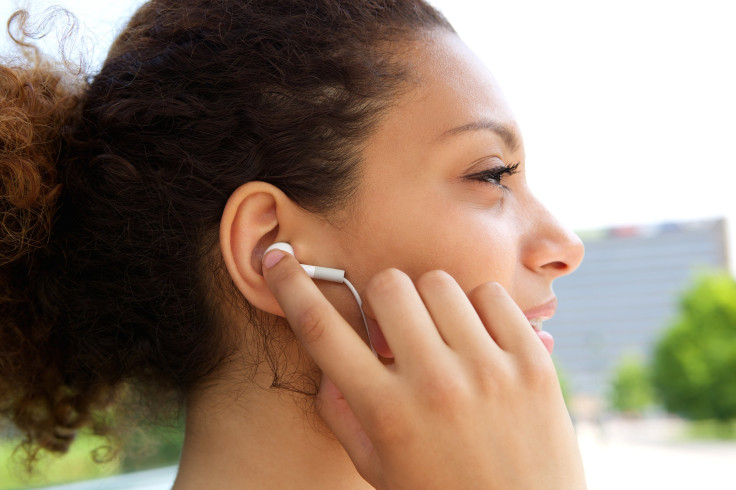1 Billion People Risk Hearing Loss Because They Listen To Music Too Loud; Other Sounds Also Pose Risk

Personal audio players have come a long way since the cassette player. Sixty-four percent of Americans owned a laptop at the beginning of last year, according to a Gallup poll, and 62 percent owned a smartphone. That’s a lot of people who are most likely listening to music for hours each day, and it doesn’t even include the music people listen to on home systems or in their cars. That’s a lot of noise pollution, and it only accounts for people in the U.S. All told, the World Health Organization (WHO) estimates in a new report that as many as a billion young people worldwide might be at risk of hearing loss due to all that listening.
“As they go about their daily lives doing what they enjoy, more and more young people are placing themselves at risk of hearing loss,” said Dr. Etienne Krug, WHO director of the Department for Management of Noncommunicable Diseases, Disability, Violence and Injury Prevention, in a press release. “They should be aware that once you lose your hearing, it won’t come back. Taking simple preventive actions will allow people to continue to enjoy themselves without putting their hearing at risk.”
Almost 50 percent of young people aged 12 to 35 who live in middle- and high-income countries put themselves at risk of hearing loss while listening to music on their personal devices, WHO found. But the risk isn’t only limited to smartphones and the like; about 40 percent of people also risk hearing loss when they go to concerts, clubs, bars, sporting events, and even fitness classes. What’s more, rates of hearing loss have risen — presumably with more widespread use of technology — from 3.5 percent of teens aged 12 to 19 in 1994 to 5.3 percent in 2006.
Common sounds like that of an airplane, thunder, and even a hair dryer are all louder than 85 decibels (dB) — as sounds get louder than this, the duration of time we can safely listen to them quickly decreases. Clubs, bars, and other venues often play music over 100 dB and most people who use personal audio devices listen to them at a range between 75 and 105 dB. People “may expose themselves to the same level of loudness in 15 minutes of music at 100 dB that an industrial worker gets in an 8-hour day at 85 dB,” the report said.
By limiting our exposure to these noises, WHO says we can avoid joining the ranks of the 43 million young people with hearing loss. Wearing earplugs to venues, limiting personal audio device usage to only an hour, and using noise-cancelling headphones to hear music clearly at a low volume are all ways to reduce the risk of irreversible hearing loss.
Of course, it’s not easy to limit exposure that much; some of us just can’t resist hearing good tunes throughout the day. Therefore it’s important to be aware of the signs of hearing loss, which include tinnitus; being unable to hear high-pitched sounds like doorbells, telephones, and alarm clocks; understanding conversations over the phone, and following one in noisy environments. If any of these issues begin to emerge, it’s time to see a doctor.
Published by Medicaldaily.com



























